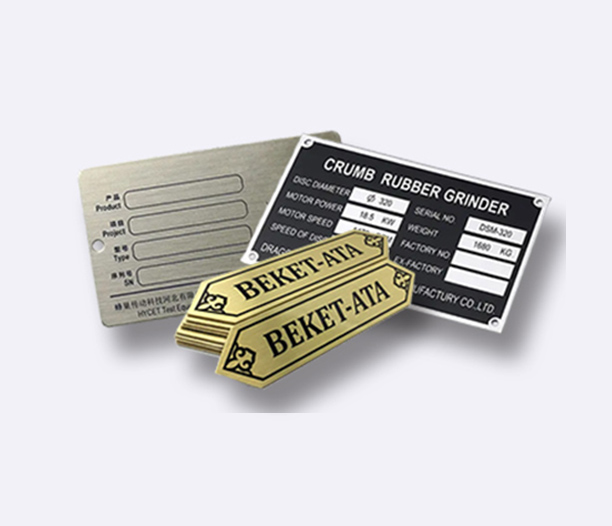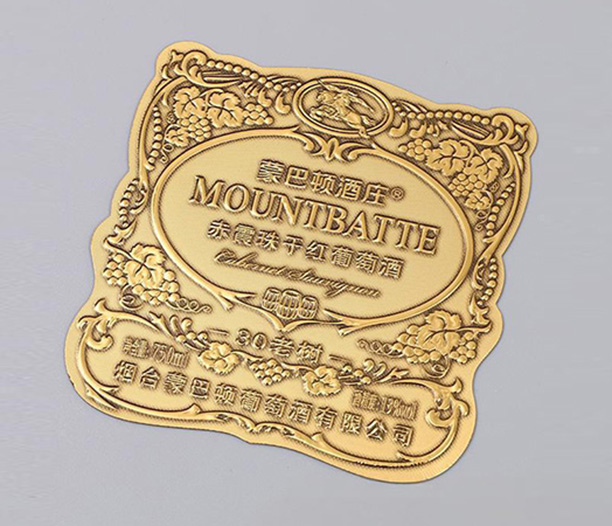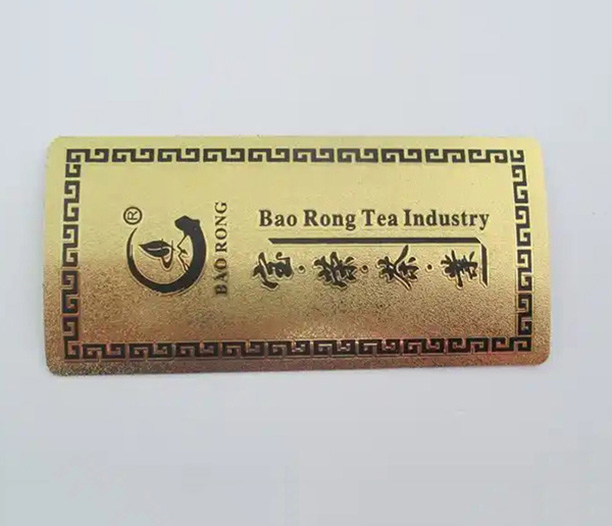When you carefully select a photograph, find the perfect frame, and choose a spot to display it, you are doing more than just decorating a wall. You are preserving a memory, honoring a relationship, or celebrating an achievement. But what about the story behind the picture? This is where a name plate for picture frame becomes not just an accessory, but a necessity. It’s the final, crucial detail that transforms a beautiful image into a documented story.
A name plate for picture frame is a small placard, typically attached to the front or back of a frame, that provides information about the photograph. It can be as simple as a name and date or as detailed as a short quote or description. Far from being merely functional, these plates add a layer of sophistication, context, and permanence to your displayed memories. This comprehensive guide will walk you through the seven essential aspects of choosing and using a name plate for picture frame, followed by answers to the most common questions.
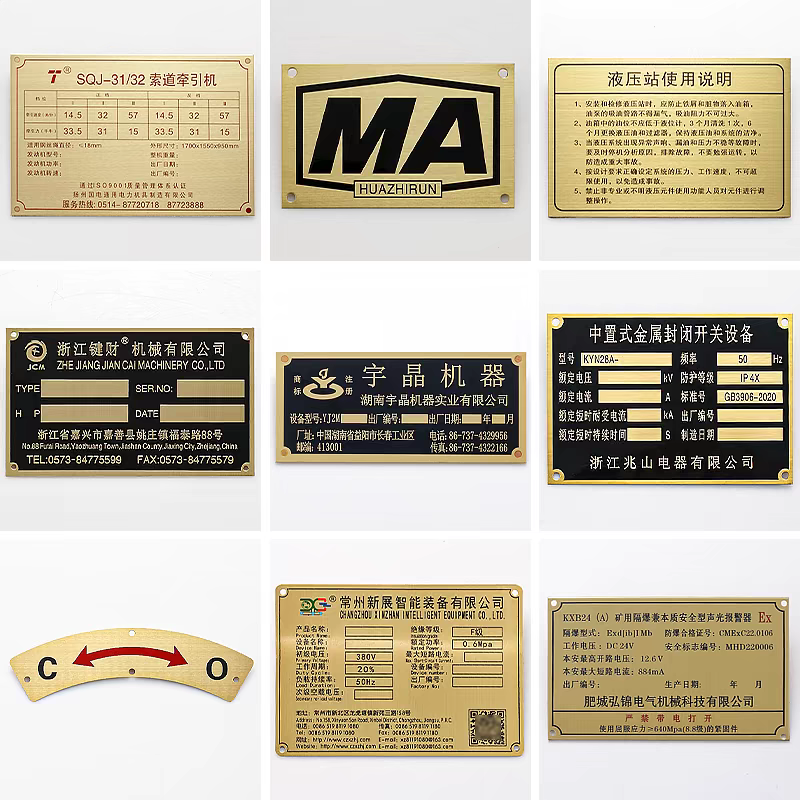
What Exactly is a Name Plate for Picture Frame? Defining Its Purpose
At its core, a name plate for picture frame serves to identify and contextualize. Imagine a gallery; every piece of art is accompanied by a small plaque noting the artist, title, and year. Your personal photos deserve the same treatment. The primary purposes include:
Identification: Clearly stating who is in the picture. This is especially valuable for family portraits, wedding photos, or group pictures where future generations may not recognize the individuals.
Commemoration: Marking a specific event—a graduation, a birthday, a wedding anniversary. The plate immortalizes the date and significance of the occasion.
Narration: Adding a short story, a meaningful quote, or a location. A picture from a trip to Paris becomes more evocative with the plate inscribed “Paris, Spring 2023” or a favorite French quote.
Aesthetic Completion: From a design perspective, a well-chosen plate adds a finished, polished look. It signifies that thought and care were put into the presentation of the photograph.
Materials and Styles: Finding the Perfect Match for Your Decor
The material of your name plate for picture frame greatly influences its overall look and feel. The choice should complement both the photograph itself and the room’s décor.
Metal: Offers a classic, elegant, and durable option.
Brass: Provides a warm, traditional, and timeless appeal. It often develops a desirable patina over time.
Stainless Steel/Silver-Tone Metals: Sleek, modern, and professional. Perfect for contemporary interiors or corporate settings.
Bronze: Similar to brass but with a deeper, reddish-brown hue, often associated with heirloom-quality pieces.
Acrylic/Glass: For a more modern and minimalist aesthetic. Clear acrylic plates can have etched lettering that looks subtle and sophisticated. Frosted or tinted acrylic can also create a striking effect.
Wood: Brings warmth, rustic charm, and an organic feel. Laser-engraved wood plates are popular for family photos in country-style or Scandinavian homes.
Ceramic/Porcelain: Often used for a vintage, shabby-chic, or handcrafted look. These can be beautifully painted and are perfect for nursery pictures or vintage-themed weddings.
The style can range from ultra-sleek and minimalist plates with clean fonts to ornate, decorative designs with scrolls and borders for a more traditional setting.
The Many Applications: Where to Use a Name Plate for Picture Frame
The use of a name plate for picture frame extends far beyond the family portrait on the mantelpiece.
Family History and Genealogy: Labeling old ancestral photos is perhaps the most valuable use. It preserves your family’s history for generations to come.
Weddings and Anniversaries: A plate engraved with the couple’s names and wedding date is a staple on wedding photo frames. It’s a cherished keepsake.
Corporate and Professional Settings: In office lobbies, hallways, or conference rooms, plates are used to identify founders, award winners, team members, or important company milestones.
Art Galleries and Museums: As mentioned, this is the standard practice for displaying artist and artwork information professionally.
Memorials and Tributes: A compassionate and respectful way to honor and remember a loved one, often accompanied by their name and lifespan dates.
Gifting: A photo frame with a custom-engraved name plate for picture frame is a profoundly personal and thoughtful gift for any occasion, from a new home to the birth of a child.
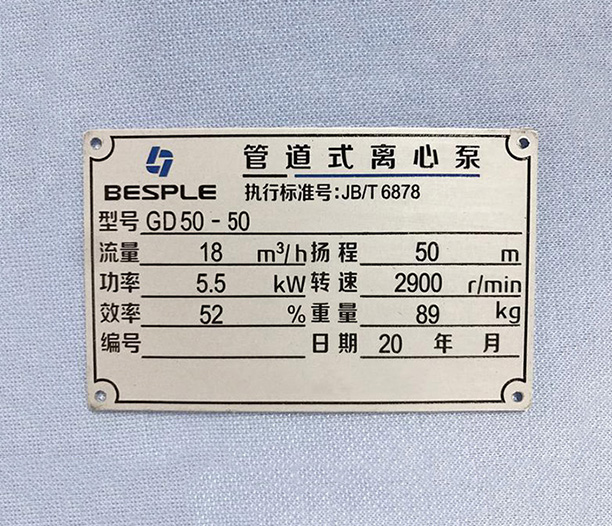
Personalization and Engraving: Making It Uniquely Yours
The true power of a name plate for picture frame lies in its ability to be personalized. The engraving or printing process is what turns a generic plate into a unique artifact.
Engraving Methods:
Laser Engraving: The most common and precise method. It etches the design directly into the material, creating a permanent, high-contrast mark that will not fade or wear off.
Machine Engraving: Uses a rotating bit to carve out the text. It creates deep, tactile grooves.
Etching: Primarily used for glass and acrylic. It creates a frosted, elegant appearance.
Printing: Digital printing or screen printing can be used on some materials, but it is generally less durable than engraving for a permanent display.
What to Inscribe:
Names: Of individuals, couples, or families.
Dates: The date of the event, a birthday, or lifespan dates.
Titles: “Our Wedding,” “Baby’s First Christmas,” “CEO of the Year 2023.”
Quotes and Verses: A short, meaningful line that adds emotional depth.
Fonts: The choice of font (e.g., serif for traditional, sans-serif for modern, script for elegant) dramatically alters the plate’s character.
Installation and Attachment: How to Secure Your Name Plate
A plate that falls off defeats its purpose. Fortunately, there are several secure methods for attaching a name plate for picture frame.
Adhesive Backing: Double-sided tape or pre-applied adhesive strips are very common, especially for lightweight plates on wooden or composite frames. They are easy to use but can be tricky to reposition.
Small Nails or Brads: For wooden frames, tiny nails can be used to securely fasten metal plates. This is a very permanent solution.
Magnetic Backing: Some high-end plates come with a small magnetic attachment that connects to a metal piece glued inside the frame. This allows for easy removal and repositioning.
Integrated Design: Some custom frames come with a dedicated slot or channel designed specifically to hold a name plate seamlessly.
Standing/Tabletop: For frames that sit on a surface, a small freestanding plate can be placed in front of the frame.
The best method depends on the weight of the plate and the material of your frame.
Choosing the Right Name Plate for Picture Frame: A Buyer’s Guide
With so many options, making a choice can be daunting. Consider these factors:
Harmony: The plate should complement the frame and photo, not overpower them. A large, ornate metal plate might clash with a thin, minimalist frame.
Readability: Ensure the font size and color contrast (e.g., dark engraving on a light metal) make the text easy to read from a reasonable distance.
Permanence: If this is for an heirloom piece, choose a durable material and permanent engraving method. For temporary displays, printed options might suffice.
Size: The plate should be proportionate to the frame. A good rule of thumb is for the plate to be roughly one-tenth to one-fifth the width of the frame.
Placement: Decide if you want it on the front (for immediate visibility) or on the back (for a cleaner look and a surprise for anyone who picks it up).
Creative Ideas and Inspirational Uses
Think outside the box! A name plate for picture frame can be used creatively:
Create a Themed Wall: Use uniformly styled plates on a gallery wall to create a cohesive, curated look.
Label a Collection: If you collect a specific type of art or photography, use plates to title each piece.
Mark a Gift: Engrave “To [Name], With Love, [Your Name], [Date]” on the plate of a framed photo you’re giving as a gift.
Document a Child’s Growth: In a series of annual photos, use plates to state the child’s name and age: “Sophia, Age 5.”
Frequently Asked Questions (FAQ) About Name Plate for Picture Frame
Q1: What is the standard size for a name plate for picture frame?
There is no universal standard, as it depends entirely on the size of your frame. Common sizes range from as small as 1 inch by 3 inches for small frames to 2 inches by 8 inches or larger for big portrait frames. Always measure your frame’s front matte or border to determine a proportionate size.
Q2: Can I add a name plate to an existing frame?
Absolutely. Most name plates are designed to be added to existing frames. The key is to choose an attachment method that works with your frame’s material—adhesive for wood/plastic or small nails for sturdy wooden frames.
Q3: How do I clean and maintain my engraved name plate?
For metal plates, a soft, slightly damp cloth is usually sufficient. Avoid abrasive cleaners or chemicals that can damage the finish or patina. For acrylic, use a glass cleaner without ammonia. Gently wipe the surface to avoid scratching.
Q4: My plate is adhesive-backed. How do I ensure it sticks properly and is straight?
Clean the frame surface with rubbing alcohol to remove any dust or oils. For perfect alignment, use a trick: place a small piece of painter’s tape on the frame where you want the top of the plate to be. Position the plate against this guide, press firmly, and then carefully remove the tape.
Q5: Can I create a DIY name plate for picture frame?
Yes, with some craft skills. You can use printable sticker paper for a temporary solution, engrave a piece of wood with a wood-burning tool, or use metal stamps on a soft metal blank. However, for a professional, lasting finish, a custom-engraved plate from a specialist is recommended.
In conclusion, a name plate for picture frame is a small investment with a significant return. It adds context, emotion, and elegance to your cherished memories, ensuring that the stories behind your pictures are never lost. By considering its purpose, material, and personalization, you can select the perfect plate to complete your displayed treasures.



